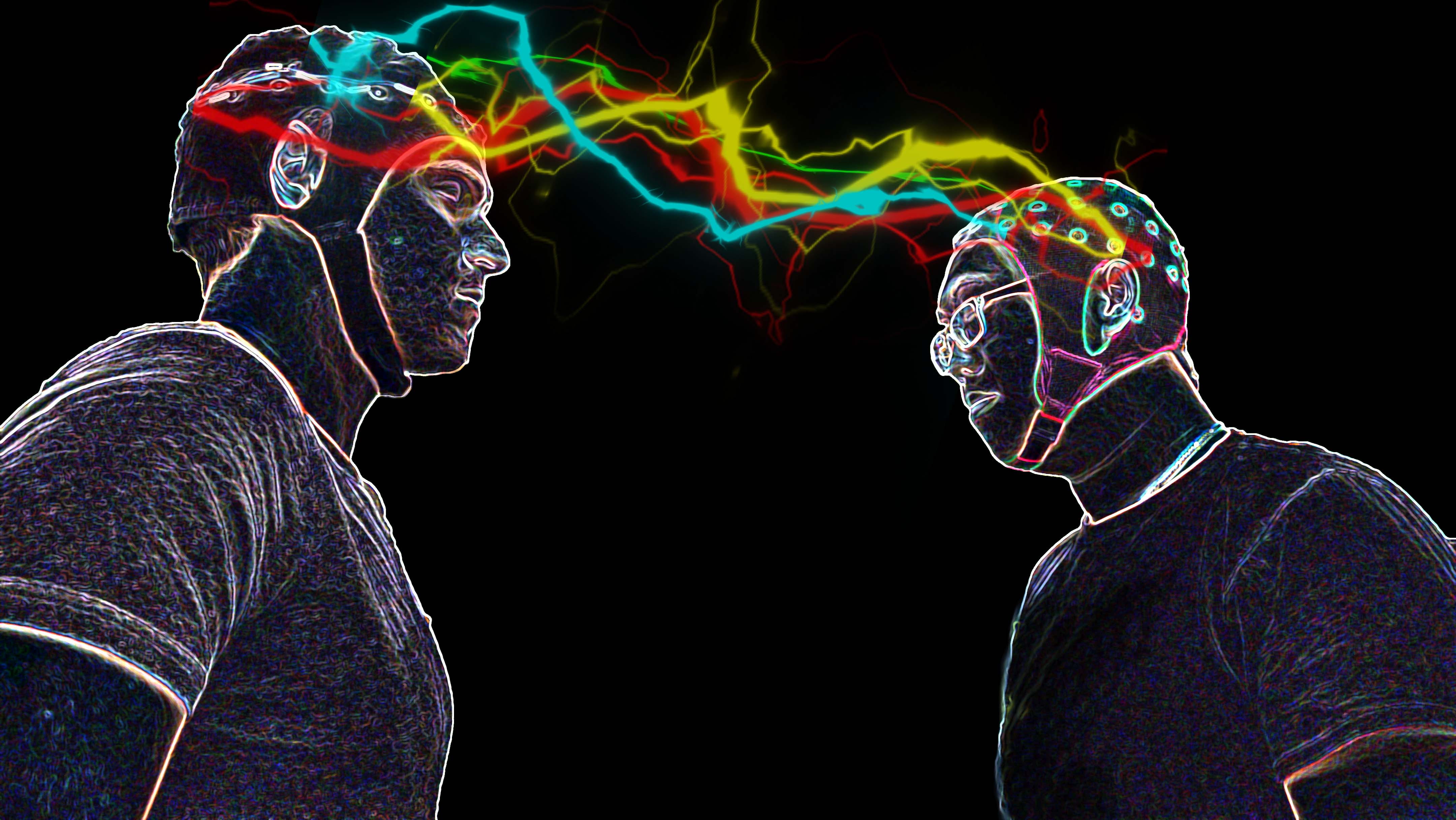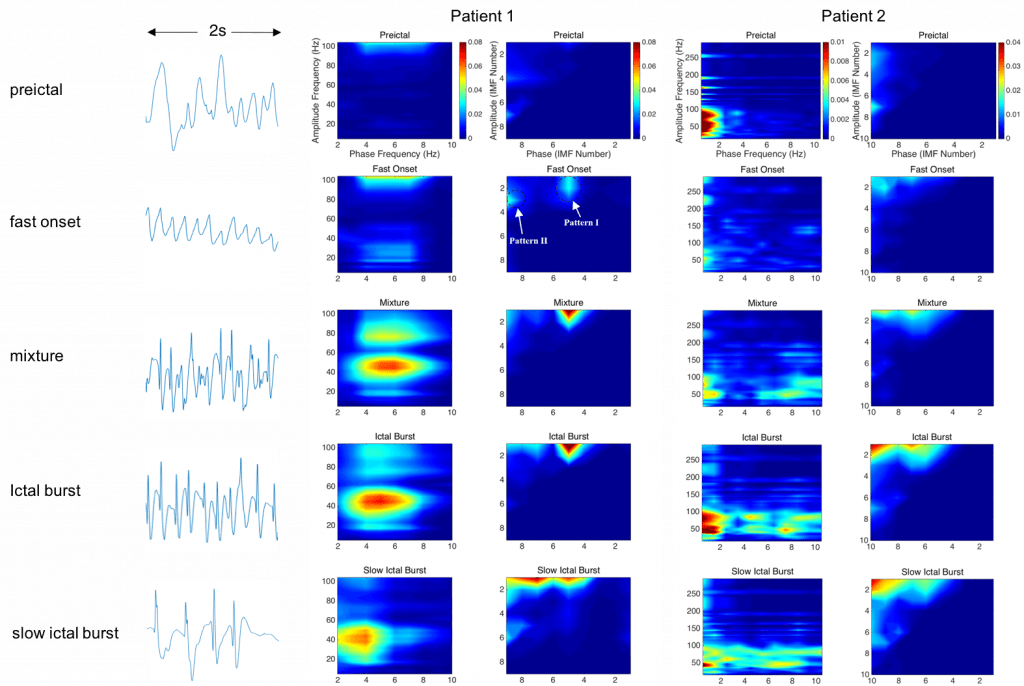Our Brain-to-Brain communication research focuses on advancing the precision of non-invasive recording and stimulation of the brain cortex. The precision is increased by the development of advanced optimization algorithms combined with accurate tissue modeling. The models are augmented by our development of hardware stimulation and recording systems to allow independent fine-tuned stimulation of large amount of channels and fast data transmission between multiple brain-interface devices in real-time. Our bold aim is to step beyond a brain-computer interface and instead make human brain to brain connection possible, thus making scientific fiction a reality.


